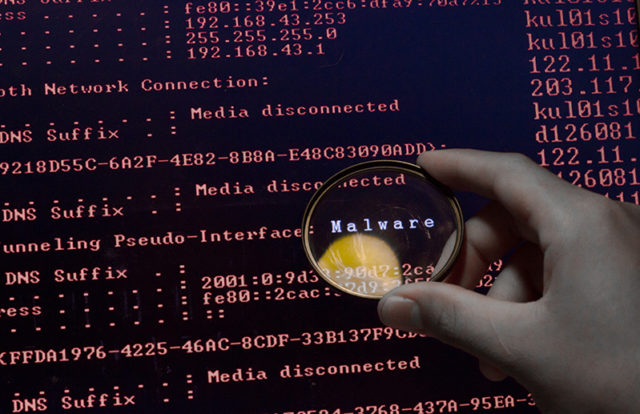
Small- to midsized (SMB) businesses websites suffer 23,000 attacks annually, which means an astonishing 63 attacks per day, a new analysis by Sitelock, a company that provides website security solutions, revealed.
The SiteLock Website Security Insider Q2 2017 threw light on the most common threats website owners faced in Q2 2017, including malware trends, content management system risks, plugin risks, website attacks, common vulnerabilities, and social media risks. More than 85 percent of these attacks were reportedly caused by automated bots.
To receive notifications about potential cyber threats, many websites depend upon third parties and search engines. The study showed that four in 10 site owners continued to erroneously believe their hosting provider was responsible for website security.
In the study, it was revealed that browsers correctly flagged only 23% of infected websites while remaining 77% of infected websites provided no warning to users at all because search engine and browser makers tend to be overly cautious about marking sites as being potentially unsafe
To conduct the study, Sitelock analyzed data of over six million websites and surveyed more than 20,000 website owners.
Logan Kipp, WordPress evangelist at SiteLock said “Many website owners are unaware that website security is their responsibility and rely too heavily on popular search engines and other third parties to notify them when they’ve been compromised.”
Content management system risks
SiteLock’s analysis also showed that a website’s content management system had an impact on overall security. Forty-four percent of websites using WordPress CMS had not been updated for over a year at the time of filing this report.
Nearly seven in 10 infected WordPress websites had the latest security patches installed, but were compromised because of vulnerable plugins. An insight into malware trends showed that 62 percent of infected files contain spam.















